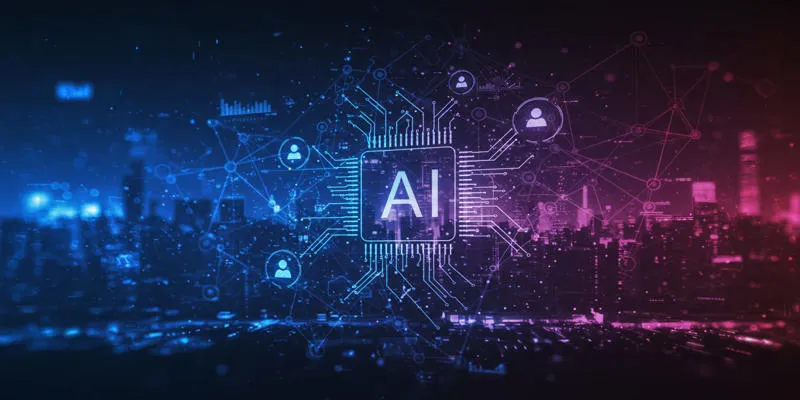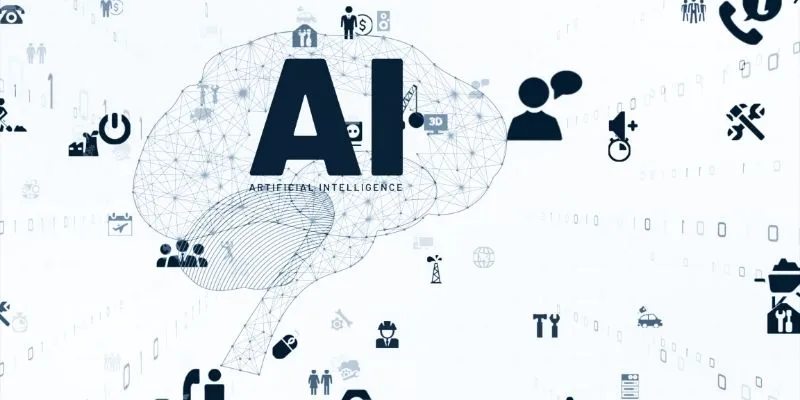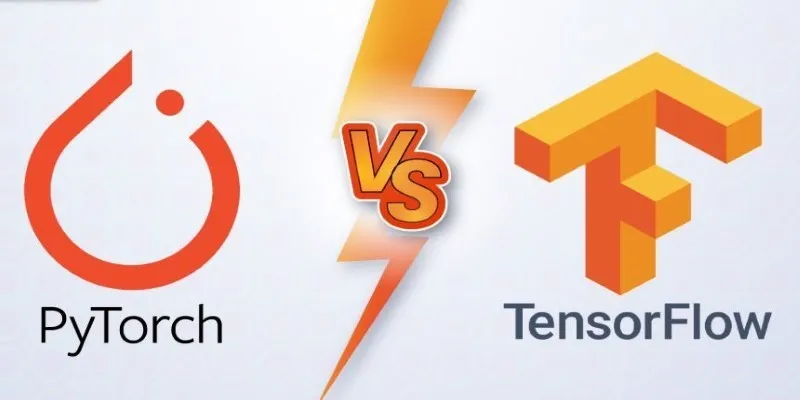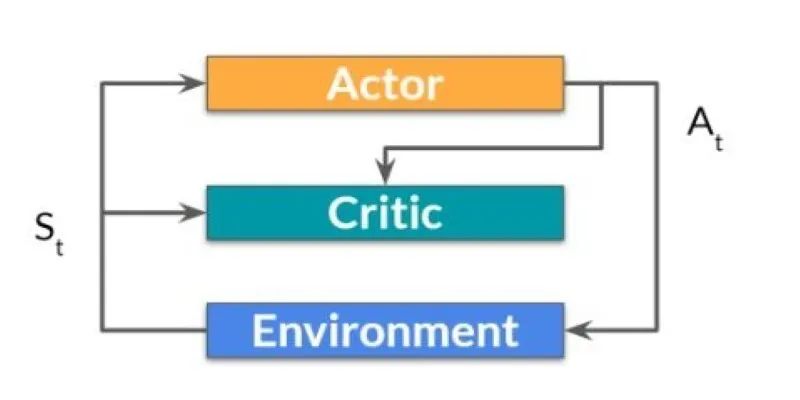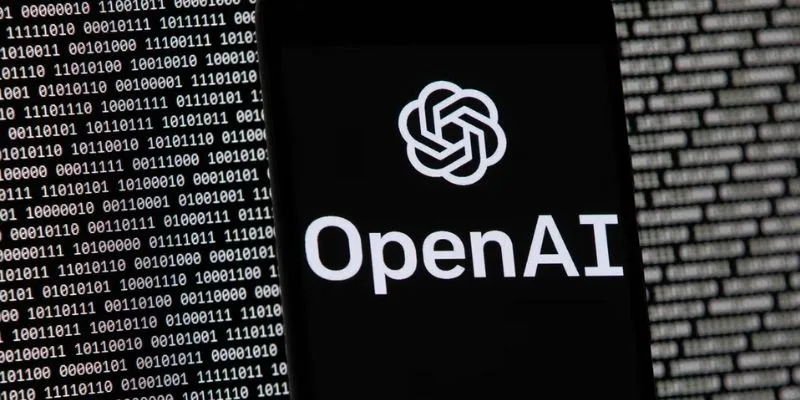Predictive maintenance is revolutionizing industries that rely on complex machinery and tools. Traditionally, maintenance was reactive, only occurring when equipment failed. This approach resulted in unplanned downtime and increased repair costs.
With the advent of predictive maintenance powered by Artificial Intelligence (AI), industries are transforming their equipment management strategies, significantly reducing both downtime and maintenance expenses. In this post, we explore how AI is reshaping predictive maintenance and why it’s crucial for companies aiming to streamline their operations.
What Is Predictive Maintenance?
Predictive maintenance utilizes data-driven tools to forecast equipment failures. By analyzing equipment data, companies can assess the likelihood of failures and take preventive action before issues arise. This strategy surpasses traditional methods of scheduled maintenance or reactive repairs, ensuring machinery operates efficiently and effectively.
AI plays a pivotal role in predictive maintenance by analyzing vast amounts of data generated by equipment sensors. This data encompasses information about temperature, vibration, pressure, and other critical parameters that can signal potential problems.
How Does AI Help in Predictive Maintenance?

AI analyzes extensive volumes of historical and real-time data from equipment sensors. Through machine learning algorithms and deep learning techniques, AI systems identify patterns in this data to predict potential equipment failures. Here’s how AI enhances predictive maintenance:
Data Collection and Analysis
AI systems gather data from sensors installed on machinery. This data includes various factors such as:
- Temperature : Abnormal temperatures can indicate overheating, leading to failure.
- Vibration : Irregular vibrations often suggest mechanical issues like misalignment or imbalance.
- Pressure : Changes in pressure can signal leaks or other operational problems.
- Sound : Unusual noises may indicate system malfunctions.
Once collected, AI algorithms analyze this data to detect irregularities or trends that could predict potential failures.
Predictive Algorithms and Machine Learning
Machine learning (ML) is essential for predictive maintenance. The AI system learns from data over time, improving its accuracy in identifying issues before they occur. For example, it might recognize that specific temperature or vibration patterns precede failures in certain components.
By continuously learning from both historical and real-time data, AI models become more proficient at predicting when maintenance is necessary, allowing businesses to perform maintenance optimally, thus reducing costs and enhancing efficiency.
Real-Time Monitoring and Alerts
With AI, continuous monitoring of equipment becomes possible. When the system detects an issue or abnormal pattern, it sends real-time alerts to maintenance teams. This proactive notification system ensures timely interventions, preventing major breakdowns.
Root Cause Analysis
Upon detecting an issue, AI can assist in identifying the root cause. Rather than relying on guesswork or trial-and-error, AI analyzes the problem and provides precise repair recommendations. This approach prevents unnecessary work, reduces downtime, and ensures correct repairs are made initially.
Industries Benefiting from AI in Predictive Maintenance
AI-powered predictive maintenance is beneficial across various industries. Key sectors reaping significant rewards from these advancements include:
Manufacturing
Manufacturers depend heavily on machinery for daily operations. Unplanned downtime can halt production, resulting in financial losses. AI helps manufacturers predict failures before they occur, allowing them to schedule maintenance conveniently and prevent costly breakdowns, enhancing overall productivity.
Energy
In the energy sector, predictive maintenance is vital for power plants, wind turbines, and other infrastructure. AI monitors parameters like temperature and vibration to ensure smooth equipment operation. This proactive approach is crucial in preventing equipment failures that could cause power outages or environmental harm.
Transportation
The transportation industry benefits from AI-driven predictive maintenance by ensuring vehicles (trucks, trains, planes) operate smoothly. AI monitors components like engine performance and brake systems to anticipate potential failures. Timely maintenance reduces unexpected downtime and ensures safety and reliability.
Healthcare
In healthcare, predictive maintenance is critical for medical devices and equipment that must operate continuously. AI monitors equipment like MRI machines, ventilators, and other life-saving devices to ensure they remain in optimal condition, preventing disruptions in critical medical services.
Implementing AI in Predictive Maintenance
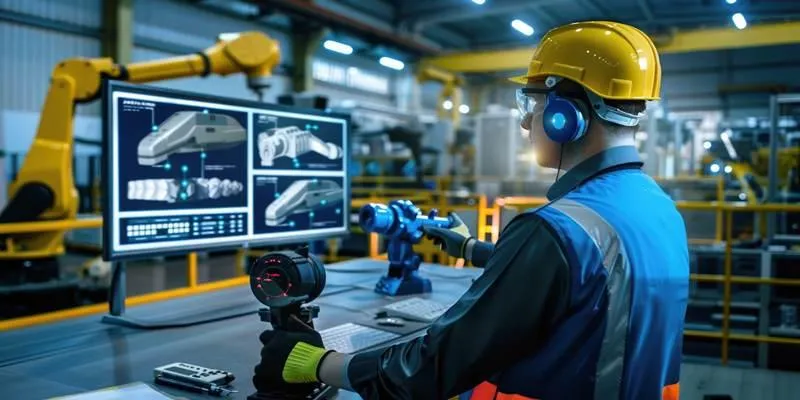
While AI in predictive maintenance offers significant improvements, implementation can be challenging. Here are steps businesses should follow to integrate AI-driven maintenance into their operations successfully:
-
Invest in Sensors and Data Collection Tools
Effective AI requires accurate data. Businesses must invest in sensors and tools to monitor various equipment aspects, such as temperature, pressure, and vibration. -
Choose the Right AI Platform
Select an AI platform that meets specific needs. With numerous AI-powered maintenance solutions available, it’s crucial to choose one that integrates well with existing systems and is customizable to the company’s requirements. -
Train Staff and Management
AI systems are effective only when used correctly. Training staff to understand and use AI tools and interpret data is critical. Proper training ensures maintenance teams can act when necessary and make informed repair decisions. -
Monitor and Fine-Tune the System
After implementation, businesses should monitor performance and make necessary adjustments. Continuous fine-tuning enhances AI prediction accuracy, making the system more reliable over time.
Conclusion
AI in predictive maintenance is transforming industries by reducing downtime, lowering maintenance costs, and enhancing equipment longevity. By leveraging AI technology, businesses can shift from reactive to proactive maintenance, improving operational efficiency and safety. With the rise of AI-powered predictive maintenance, companies can anticipate potential failures, prevent costly downtime, and optimize resources. The future of maintenance is here, and AI is leading the charge. By embracing this technology, businesses can stay ahead of the curve and gain a competitive edge in today’s fast-paced world.
 zfn9
zfn9












